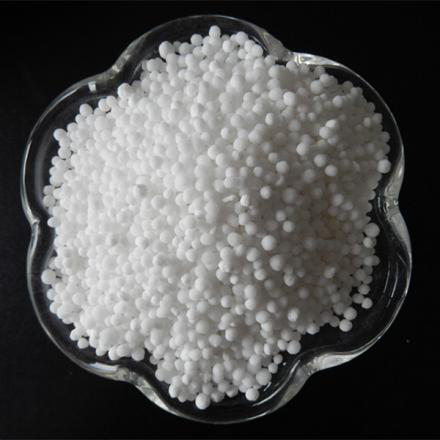Granular Urea; Has Become a More Suitable Material for Fertilizer Blends/Mixtures
Apart from its application in the agriculture industry,
granular urea also finds other industrial applications such as water treatment,
metal treatment, health & beauty products, wood industry, glue &
resins, and construction & civil engineering. Granular urea is harder than
prilled urea and thus creates less dust and fines when handled and transported.
Today, considerable urea is manufactured as granules, as they are larger,
harder and more resistant to moisture. Therefore, granular urea has become a
more suitable material for fertilizer blends.
Granule size and bulk density allow urea to be included in
the composition of fertilizer blends and provide uniform distribution over the
soil surface. Granular urea is formed by spraying
molten urea into a mixture of dried urea particles and fines in a rotating
drum. Urea is the most widely used nitrogen fertilizer in the world. Granular
urea can be effectively used on acidic soils, for nitrogen fertilizing cereals,
for fertilizing rice fields, technical crops, and horticulture.
Furthermore, granular urea (46% N) is a quality granulated
fertilizer suitable for use on grass early in the season to give early season
grass or for cereal top dressing later in the season. Urea is used to
manufacture many chemicals, such as urea-formaldehyde resins, various plastics,
and adhesives. It is also essential for making fertilizer, glue, feedstock, in
resin production, and commercial products. Moreover, urea has important uses as
a fertilizer and feed supplement, as well as a starting material for the
manufacture of plastics and drugs.
Thus, with the increasing demand for fertilizers, from the
agriculture industry, the demand for granular urea is also increasing with a
rapid pace. US Gulf is a premium market for granular urea. In 2018, fertilizer
consumption for United States of America was 128.8 kilograms per hectare.
According to International Fertilizer Association (IFA), global fertilizer
consumption is expected to grow moderately in the coming future.




Comments
Post a Comment